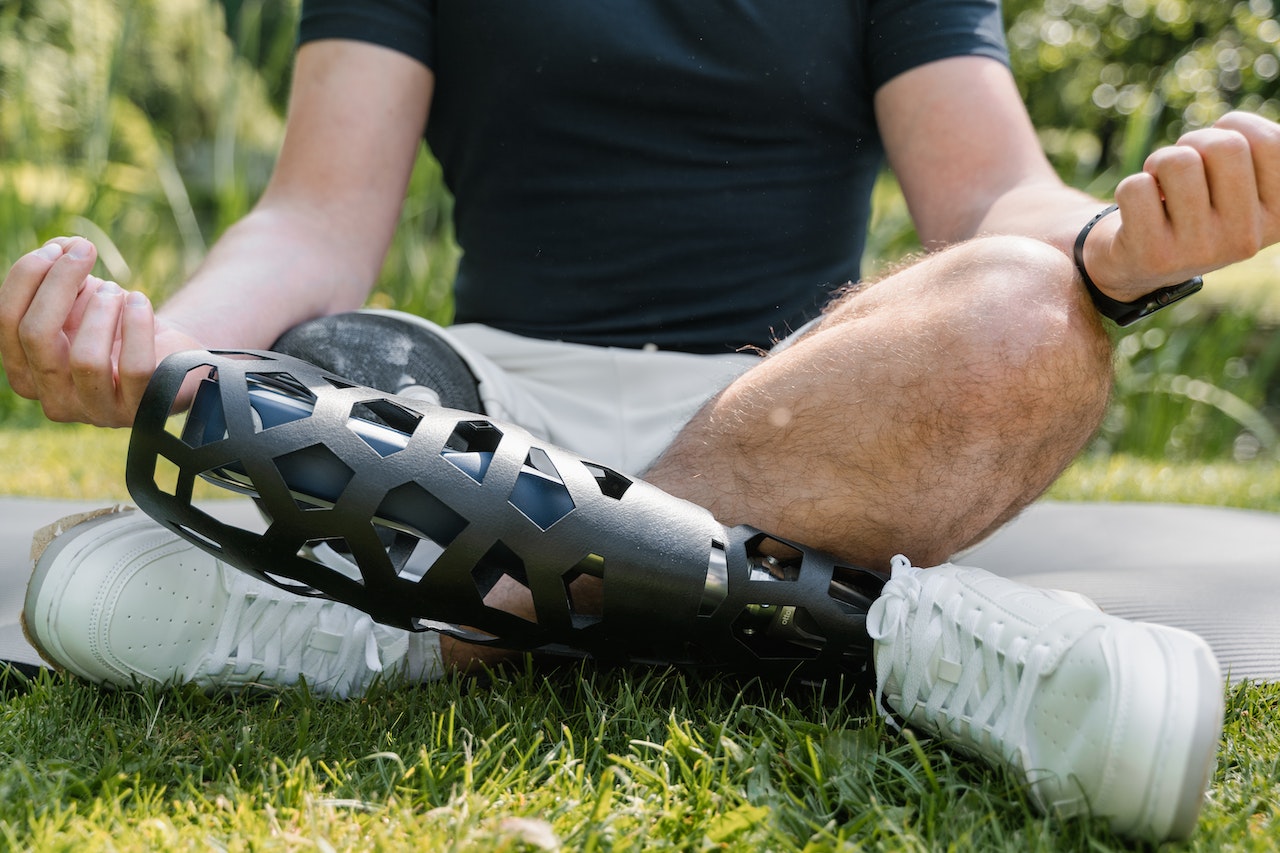Losing a limb can be a traumatic experience, but prosthetic technology has come a long way in recent years, giving individuals who have suffered limb loss the ability to regain some level of mobility and independence. If you are considering getting a prosthetic leg, there are several things you should know before making this important decision.
1. The process of getting a prosthetic leg can take time
Getting a prosthetic leg is not a quick process. It can take several weeks or even months to receive your prosthetic leg. This is because the process involves several steps, including a consultation with a prosthetist, measuring and casting, and a fitting process to ensure that the prosthetic leg fits comfortably and securely. The process may also include physical therapy to help you learn how to use your new prosthetic leg.
2. The cost of a prosthetic leg can be expensive
Prosthetic legs can be expensive, with costs ranging from a few thousand dollars to tens of thousands of dollars depending on the type of prosthetic leg and the level of customization required. It is important to check with your insurance provider to see what types of prosthetic legs they cover and what out-of-pocket expenses you may be responsible for.
3. There are different types of prosthetic legs
There are different types of prosthetic legs available, each designed for specific needs and activity levels. Some prosthetic legs are designed for everyday use, while others are designed for specific sports or activities. Some prosthetic legs are designed for people who have lost their leg above the knee, while others are designed for people who have lost their leg below the knee. It is important to work with your prosthetist to determine which type of prosthetic leg is right for you.
4. Prosthetic legs require maintenance
In order for prosthetic legs to function correctly, they must be maintained, just like any other technological device. To keep the prosthetic limb comfortable and secure, this may need routine cleaning and adjustments. It’s crucial to discuss the upkeep requirements for your prosthetic leg with your prosthetist.
5. Physical therapy is essential
The procedure of fitting a prosthetic limb must include physical therapy. You can restore your mobility and freedom with the aid of physical therapy while you learn how to use your prosthetic limb. Your prosthetist might suggest that you collaborate with a physical therapist to create a personalised workout and rehabilitation programme.
6. Prosthetic legs may require adjustments over time
As your body changes over time, your prosthetic leg may require adjustments to ensure that it continues to fit properly and function as intended. It is important to work with your prosthetist to schedule regular check-ups and adjustments to ensure that your prosthetic leg remains comfortable and secure.
7. You may experience discomfort or pain
When using a prosthetic leg for the first time, discomfort or pain are frequent side effects. This can be as a result of the friction and pressure that the prosthetic leg puts on your remaining limb. You can learn to use your prosthetic limb without any pain or discomfort, though, with practice and minor tweaks.
8. It may take time to adjust to your prosthetic leg
Learning to use a prosthetic leg can take time and practice. It may take several weeks or even months to feel comfortable and confident using your prosthetic leg. It is important to be patient and work closely with your prosthetist and physical therapist to develop a rehabilitation plan that works for you and helps you adjust with your prosthetics.
9. You may need to make lifestyle changes
If you use a prosthetic leg, you might need to adapt your lifestyle. For example, you might need to change how you exercise or what kinds of clothing you wear. Working together with your prosthetist and physical therapist can help you identify any potential lifestyle modifications and how to implement them.
10. Emotional Support
Getting a prosthetic leg can be a difficult and emotional journey. It is important to have a strong support system to help you through the process. Seek emotional support from your family, friends, and loved ones. You may also want to consider joining a support group for amputees or seeking the help of a mental health professional to help you process your emotions and cope with the challenges that come with getting a prosthetic leg.
It is also important to give yourself time to adjust to your new prosthesis. You may experience feelings of frustration, sadness, or even anger as you navigate this new chapter in your life. Remember that these feelings are normal and it is okay to seek help if you need it.
11. Insurance Coverage
Before purchasing prosthetic legs, it’s crucial to know what your insurance will cover. The cost of a prosthetic leg is generally covered by insurance, although the amount of coverage may differ based on your particular plan. Make sure to ask your insurance company what is covered and what possible out-of-pocket costs there might be.
It is also important to note that insurance coverage for prosthetic legs can be limited by certain policies or regulations. Some insurance plans may have limits on the types of prosthetic legs that are covered or may require pre-approval for certain types of prostheses.
12. Maintenance and Repair
Like any piece of equipment, your prosthetic leg will require maintenance and repair over time. It is important to follow the care instructions provided by your prosthetist to ensure that your prosthetic leg remains in good condition. Regular maintenance may include cleaning and lubricating the prosthetic components and making adjustments to ensure that it fits properly.
In addition to regular maintenance, you may also need to have your prosthetic leg repaired from time to time. This could include replacing worn-out components or repairing damage caused by normal wear and tear. Be sure to work with a reputable prosthetist who can provide prompt and reliable repair services when needed.
Conclusion
Acquiring a prosthetic leg can completely alter your life. Your independence may be regained, and your general quality of life may be enhanced. Yet it’s crucial to be informed of the difficulties and factors involved in receiving a prosthetic limb.
By understanding the types of prosthetic legs available, finding the right prosthetist and physical therapist, seeking emotional support, making lifestyle changes, understanding insurance coverage, and maintaining your prosthetic leg, you can successfully navigate this journey and enjoy the many benefits that come with having a prosthetic leg.



